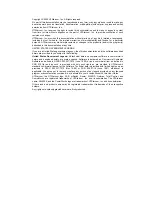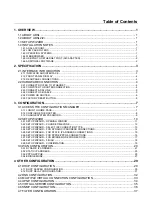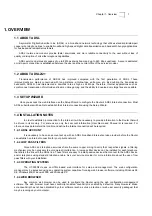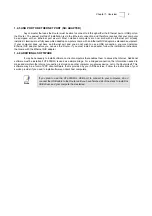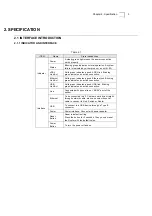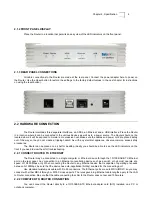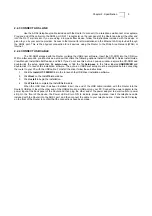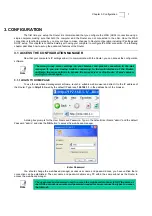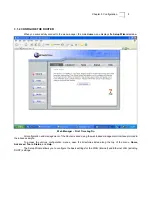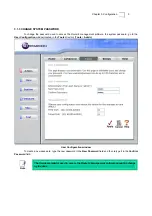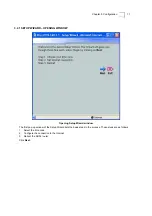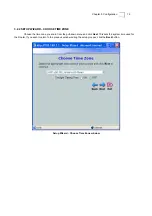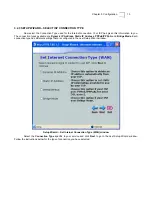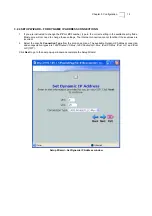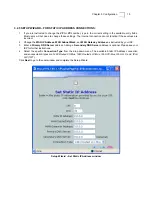
Chapter 1. Overview
1
1. OVERVIEW
1.1 ABOUT ADSL
Asymmetric Digital Subscriber Line (ADSL) is a broadband network technology that utilizes standard twisted-pair
copper wire telephone lines to enable broadband high-speed digital data transmission and bandwidth hungry applications
for business and residential customers.
ADSL routers and modems provide faster downloads and more reliable connectivity to the user without loss of
quality or disruption of voice/fax telephone capabilities.
ADSL service operates at speeds of up to 8 Mbps downstream and up to 640 Kbps upstream. A secure dedicated
point-to-point connection is established between the user and the central office of the service provider.
1.2 ABOUT ADSL2/2+
Transmission performance of ADSL2 has improved compared with the first generation of ADSL. These
improvements are mainly concerned with long distance, anti-line-loss, anti-noise, etc. By doubling the transmission
bandwidth, ADSL2+ has implemented a downlink rate as high as 24 Mbps. Therefore, Internet applications such as
synchronous transmission of multi-video streams, online gaming, and the ability to download very large files are possible.
1.3 SETUP WIZARD
Once you access the web interface use the Setup Wizard to configure the Router’s ADSL Internet connection. Most
ADSL subscribers will be able to establish their Internet connection using the Setup Wizard.
1.4 INSTALLATION NOTES
In order to establish a connection to the Internet it will be necessary to provide information to the Router that will
be stored in its memory. For some users, only their account information (User Name and Password) is required. For
others, various parameters that control and define the Internet connection will be required.
1.4.1 ADSL ACCOUNT
It is necessary to have an account set up with an ADSL broadband Internet service provider before the Router
can establish an Internet connection for your private network.
1.4.2 LOW PASS FILTERS
Since ADSL and telephone services share the same copper wiring to carry their respective signals, a filtering
mechanism may be necessary to avoid mutual interference. A low pass filter device can be installed for each telephone
that shares the line with the ADSL line. These filters are easy to install passive devices that connect to the ADSL device
and/or telephone using standard telephone cable. Ask your service provider for more information about the use of low
pass filters with your installation.
1.4.3 OPERATING SYSTEMS
The UT-300R2U uses an HTML-based web interface for setup and management. The web configuration
manager may be accessed using any operating system capable of running web browser software, including Windows 98
SE, Windows ME, Windows 2000, and Windows XP.
1.4.4 WEB BROWSER
Any common web browser can be used to configure the Router using the web configuration management
software. The web browser must have JavaScript enabled. JavaScript is enabled by default on many browsers. Make
sure JavaScript has not been disabled by other software (such as virus protection or web user security packages) that
may be running on your computer.


